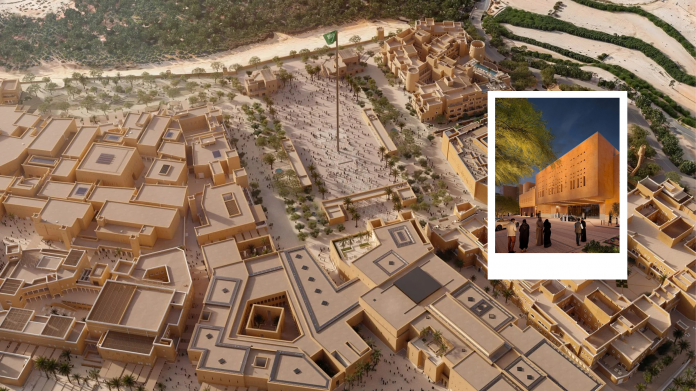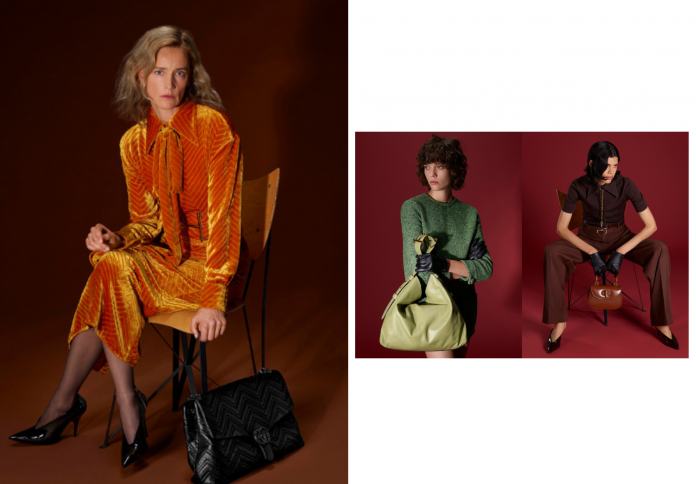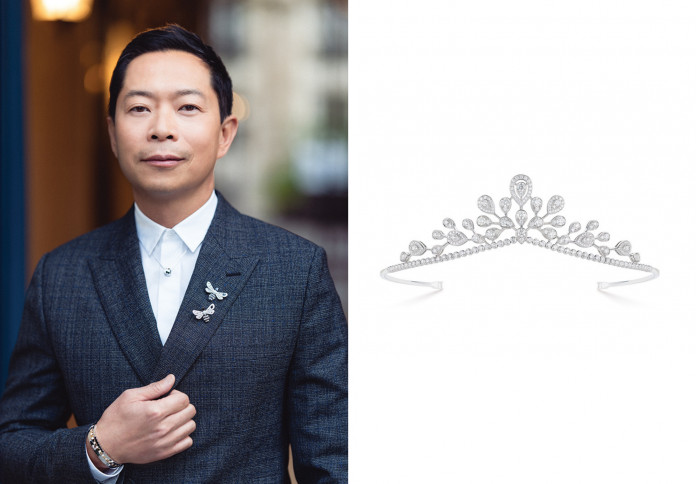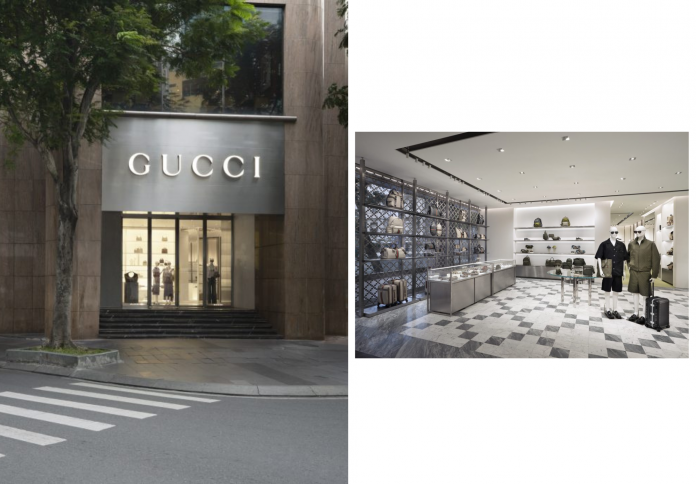Zaha Hadid Architects has embarked on a groundbreaking project in Diriyah, Saudi Arabia — its first-ever building constructed with adobe, a traditional mud-brick material. The Asaan museum, located in the historic At-Turaif district, promises to blend cutting-edge design with vernacular architecture, paying homage to the region’s rich cultural heritage while responding thoughtfully to the harsh desert climate. Supported by the Misk Foundation, the museum aims to become a cultural hub celebrating Saudi Arabia’s history through exhibitions, workshops, and conservation efforts.
A new chapter with adobe construction
The Asaan museum marks a significant milestone for Zaha Hadid Architects as their inaugural adobe building, embracing sustainability and local craftsmanship. Adobe bricks, made from earth, water, and organic matter such as straw, will be produced using local clay sourced from the region. This choice of material not only echoes the vernacular Najdi architecture surrounding the museum site but also offers excellent thermal performance.

Zaha Hadid Architects highlight that the thick adobe walls are designed to withstand Diriyah’s intense desert heat, providing natural insulation and reducing the need for mechanical cooling. This low-carbon construction method aligns with modern demands for environmental responsibility, demonstrating that traditional materials can meet contemporary sustainability standards without compromising aesthetic innovation.
Design rooted in tradition and climate

The museum’s design draws deeply from the local context. Standing three storeys tall, Asaan features three central courtyards — a hallmark of Najdi architecture — which create shaded outdoor spaces that protect visitors from the sun and facilitate natural ventilation. These courtyards frame the museum’s educational, arts, and administrative areas, fostering a harmonious indoor-outdoor relationship.
Zaha Hadid Architects explain that the building’s scale and geometry respect the surrounding old town, reflecting its historical and cultural essence while employing traditional construction techniques. This approach ensures that Asaan is not only a modern architectural statement but also a continuation of Diriyah’s architectural lineage.
Celebrating heritage and inspiring future generations
Asaan’s mission extends beyond preserving archaeological artefacts; it seeks to become a dynamic cultural venue that engages both local communities and international visitors. The museum will host exhibitions and events that highlight Saudi Arabia’s cultural identity and heritage, while its conservation laboratories will work to safeguard the country’s historical treasures.

Khaled Al-Saqer, CEO of Asaan, emphasizes that the museum is designed to connect past, present, and future generations through immersive experiences. It aims to foster pride in Saudi culture and share this rich legacy on a global stage, positioning Diriyah as a vital cultural destination in the heart of the kingdom.
Diriyah’s evolving cultural landscape
Diriyah, often regarded as the birthplace of Saudi Arabia, is steeped in history dating back to the 15th century. It was the original home of the House of Saud and later the site of the first Saudi state. Today, it is undergoing rapid development, balancing heritage conservation with ambitious urban projects, including preparations for the 2034 World Cup with new stadiums and infrastructure. In addition to Asaan, the district is seeing innovative architectural contributions inspired by Najdi traditions. These include a new sports arena designed by HKS and an opera house by Snøhetta, further enriching Diriyah’s cultural fabric with contemporary yet contextually sensitive designs.
Zaha Hadid Architects’ global vision
While Asaan represents a regional and material first for the studio, Zaha Hadid Architects continues to push the boundaries of architectural innovation worldwide. Recent projects include a cascading skyscraper in Georgia and a nearly completed 60,000-seat stadium in China, underscoring the firm’s diverse portfolio and global reach.
With the Asaan museum, Zaha Hadid Architects not only embrace sustainable, locally rooted construction methods but also contribute to the cultural resurgence of a historic city. This project signifies a fusion of tradition and futurism — a poetic gesture that honors heritage while looking boldly ahead.










